Five opportunities in m-Health: Innovation showcases at the YourStory-Vodafone meetup
Looking for the next big startup opportunity? Here’s what you can learn from the strategies and positioning of five innovative players showcased at the recent YourStory meetup for the Vodafone Developer Program’s ‘Innovations through Collaboration’ held in Bangalore.
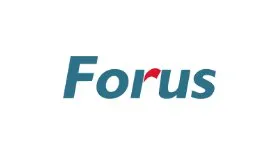
Eye-scanning products to tackle preventive blindness: Forus Health There are over 40 million blind people in the world and 12 million in India, according to sources cited by K. Chandrasekhar, Founder and CEO of Forus Health. However, 80% of blindness is preventable. 3Nethra by Forus Health is an example of an eye-scanning product which uses software to detect eye problems in advance. The test takes less than five minutes to conduct and uses up less than eight watts of power.
The intelligent pre-screenings can be conducted by ophthalmologists in hospital settings as well as outside, thus increasing the footprint of the device in a larger population. The company reports 240 installations in 14 countries which may have impacted over 100,000 lives. The product is made in Bangalore and relies on doctor inputs to improve the offering and on regulatory approvals to enter new markets.
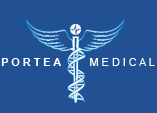
Home healthcare services: Portea Medical India has a $70 billion industry in home healthcare services, according to Zach Jones, founder of Portea Medical. These range from geriatric to post-operative care, as well as treatment for chronic ailments. The company leverages big data and analytics along with a team of 350 clinicians to provide home healthcare services in seven cities in India.
The company has raised $8 million in Series A funding and its investors include Accel and Venture East. Portea Medical is riding three big trends in the industry – personalisation, proactive care and home services.
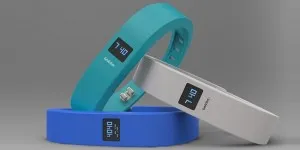
Wearable computing devices to monitor daily physical activity: Get ActiveGetActive is a wearable medical device which helps track individual’s physical activities such as the number of steps walked per day. According to experts, 10,000 steps per day is the minimum amount required for a healthy lifestyle to ward away obesity.
The device – no bigger than a pen drive – needs to be worn at all times. Data is uploaded and analysed via a cloud-based analytical service. The company has users in India, US, UK and other countries. GetActive positions itself at the intersection of three trends: wearable computing, Internet of Things, and the ‘quantified self.’
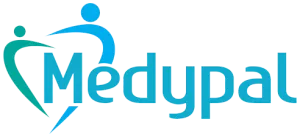
E-commerce marketplace for healthcare: Medypal The private sector of India’s healthcare industry is fragmented though it accounts for 70% of the country’s healthcare operations. India has a booming workforce, coupled with increasing penetration of the internet and mobile media. The two forces together make for a ripe opportunity for an e-commerce marketplace, where citizens can enter their personal data and get customised profiles of relevant healthcare providers.
Medypal’s business model is to offer online matchmaking services between patients and healthcare institutes (eg. choice of hospital for elder care), as well as provide analytic services for healthcare experts to monitor their own behaviour and reduce idle times. Communication strategies include mobile alerts for schedule management and service availability.
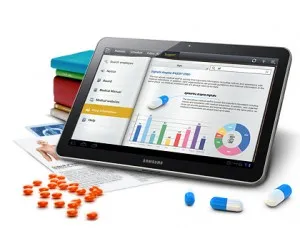
Tablets for effective round preparation and OPD queue management: Samsung According to sources cited by Samsung R&D, the Indian patient spends an average of 45 minutes in the queue in a hospital, but the actual contact time with the doctor is only about three minutes. One possible solution is to give patients a tablet for the duration of their queue-waiting period and upload data directly. Special cues can be given to doctors in case of emergency to advance the queue position.
Tablets can also be used by medical staff for preparation of doctors’ rounds. Electronic medical records (EMR) can be updated in real time during bedside visits with information on patients and their medicine needs. These solutions are still in the testing phase but offer useful glimpses into medical ‘tablets’ of a different kind.
Overall, the five case studies showed actionable insights into how to identify emerging healthcare trends, extract value with appropriate technologies and processes, and identify the business model and culture changes needed to succeed in m-health.
See related articles:
Roti, kapda, polio vaccine and mobile phone: how WHO aims to keep India polio free







